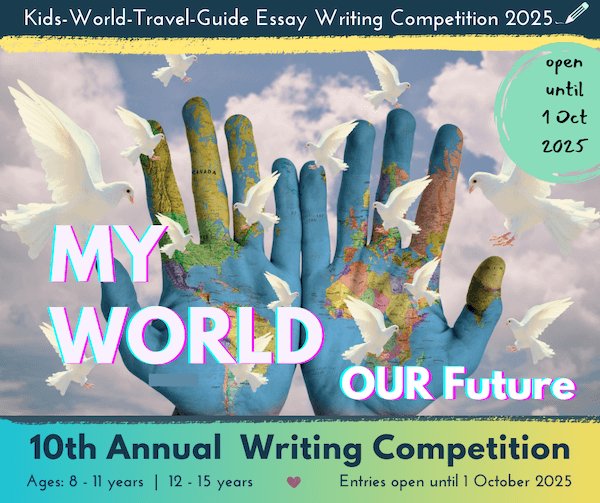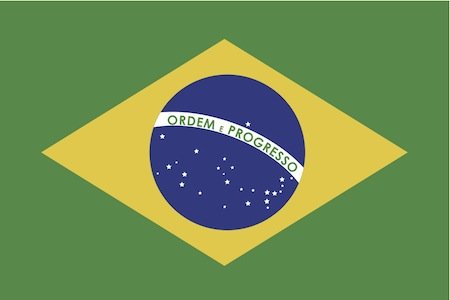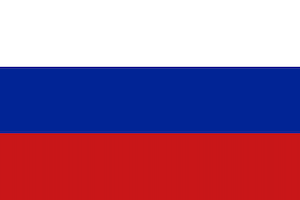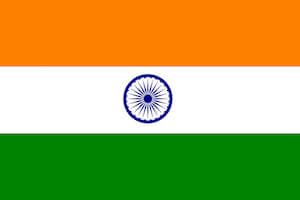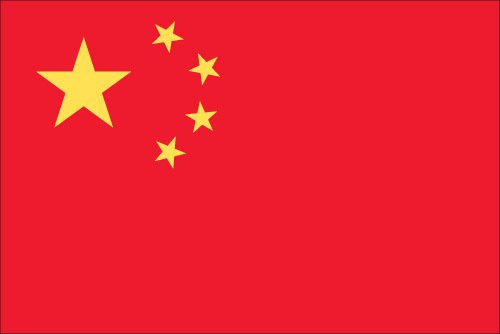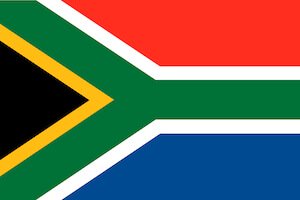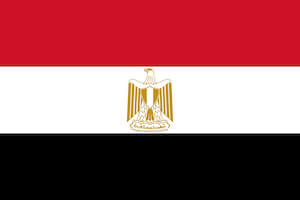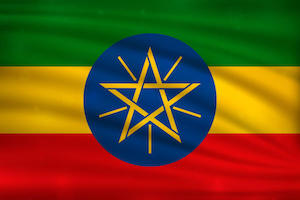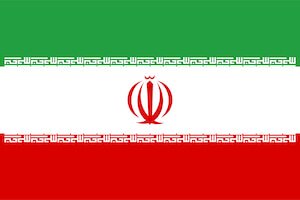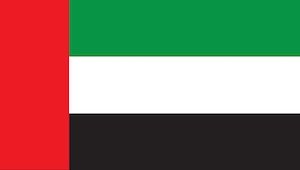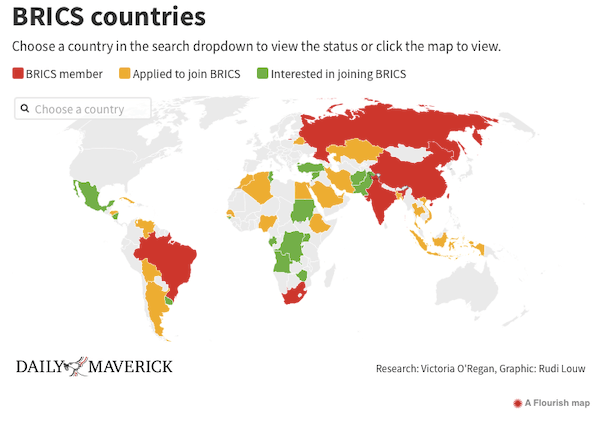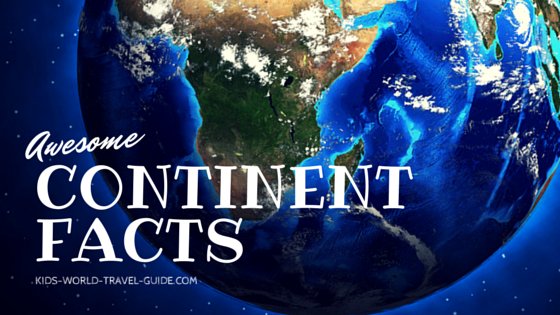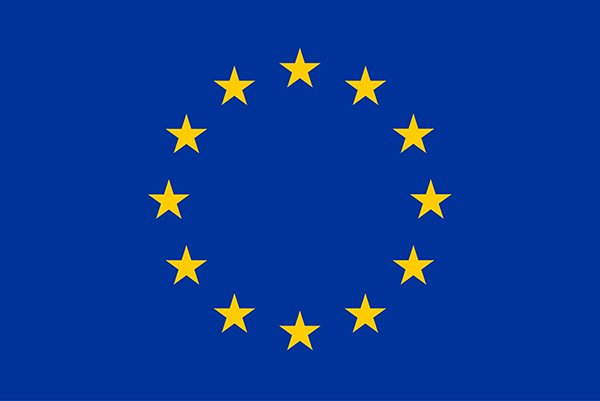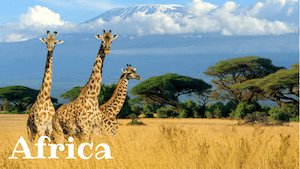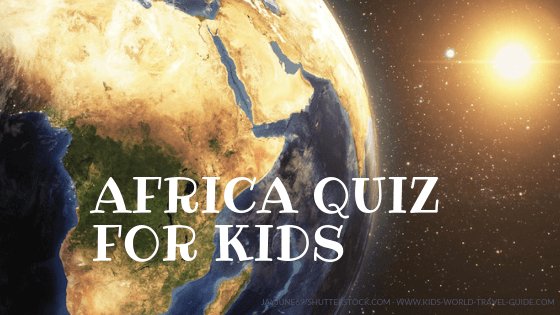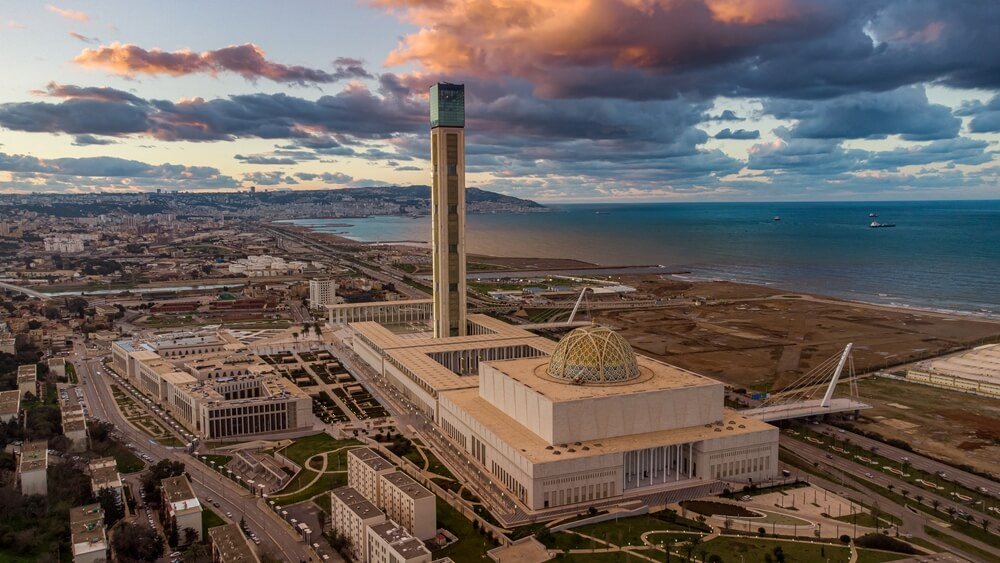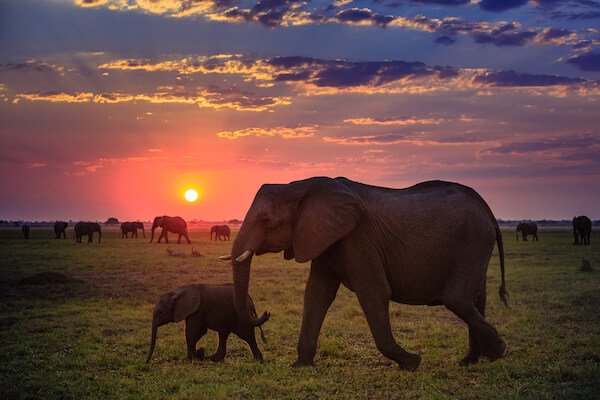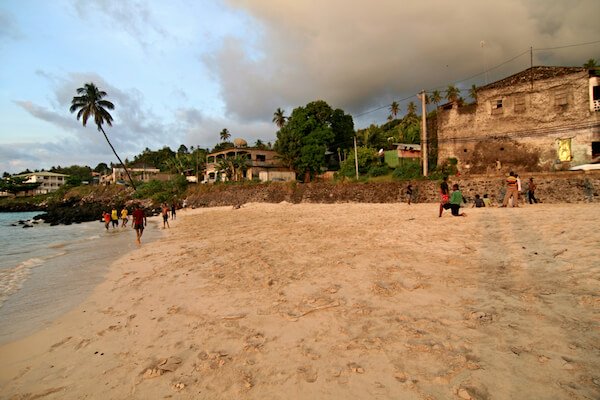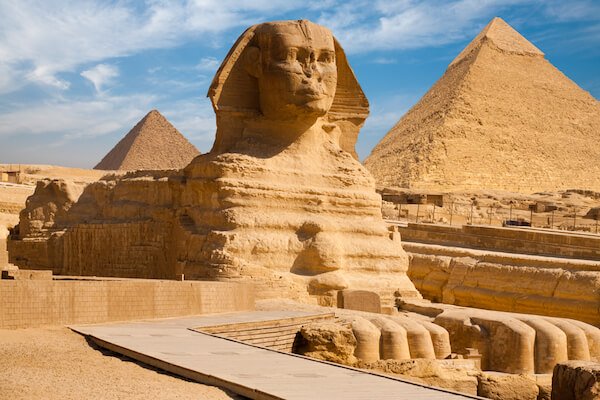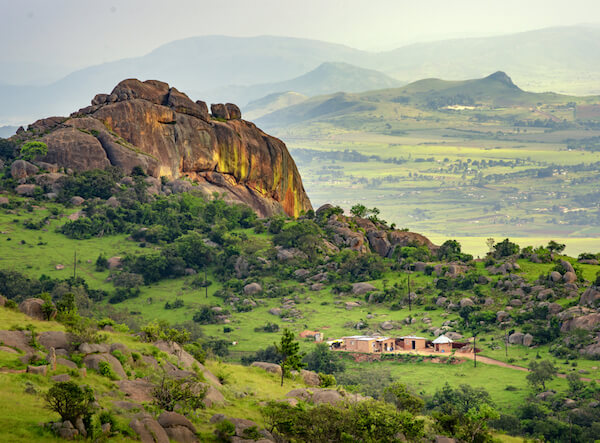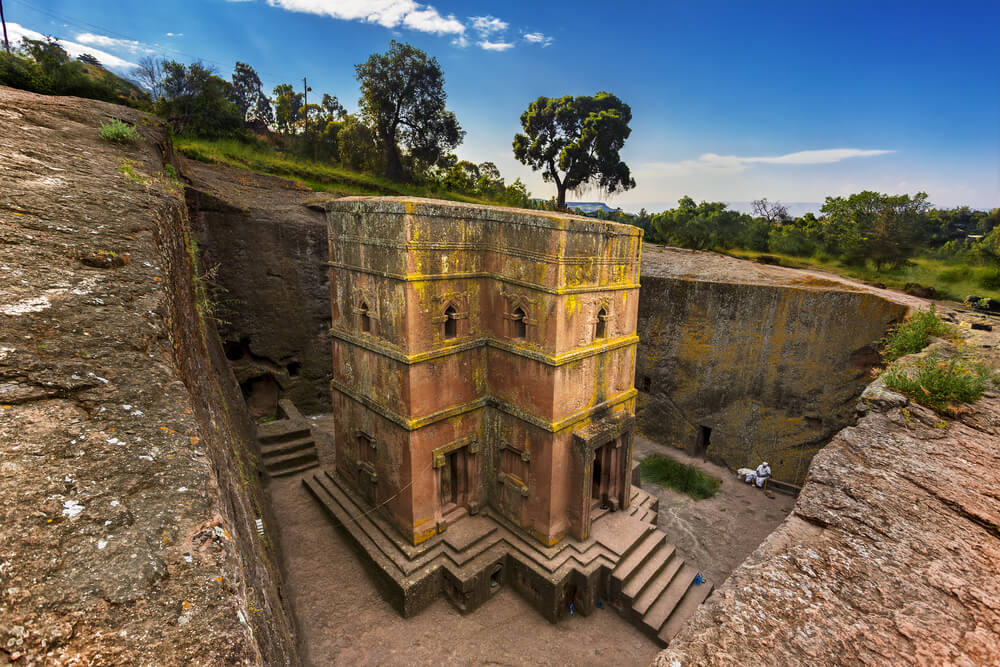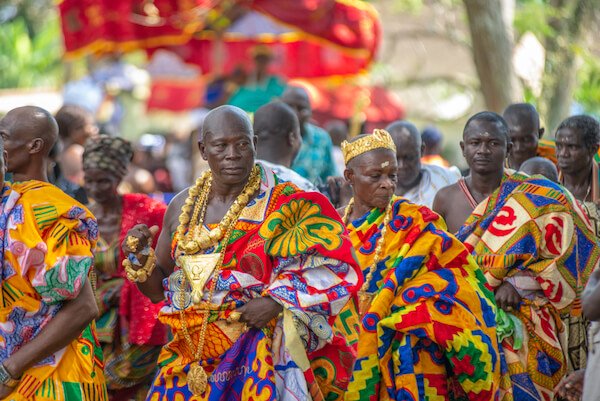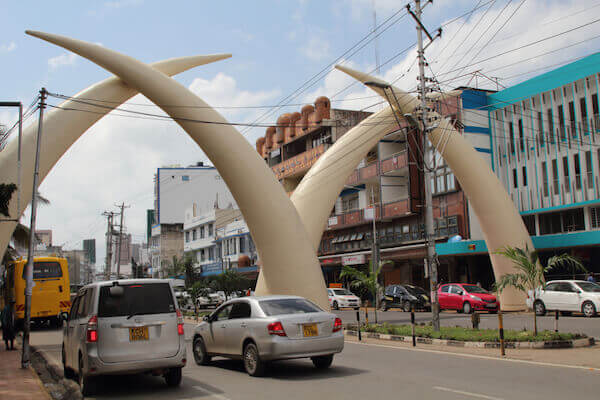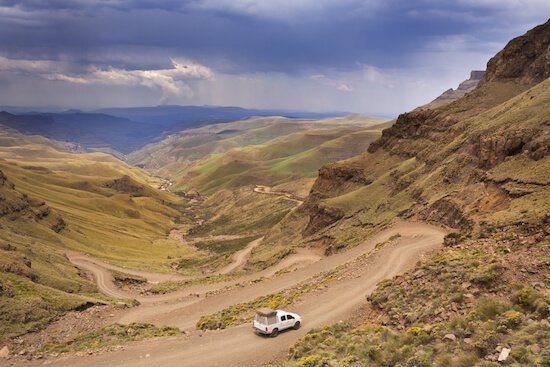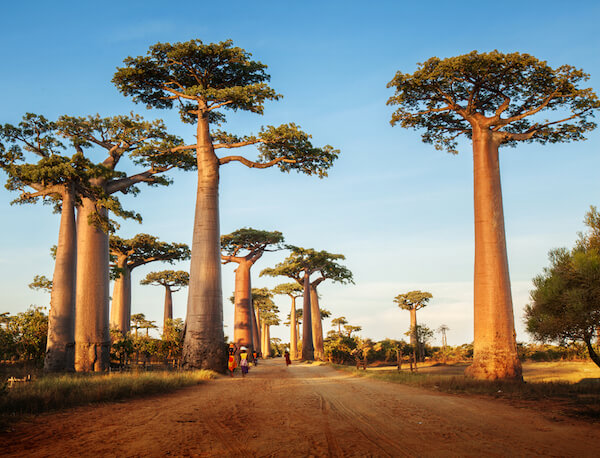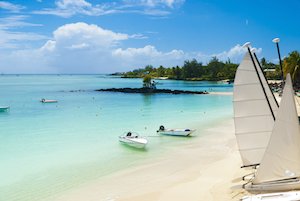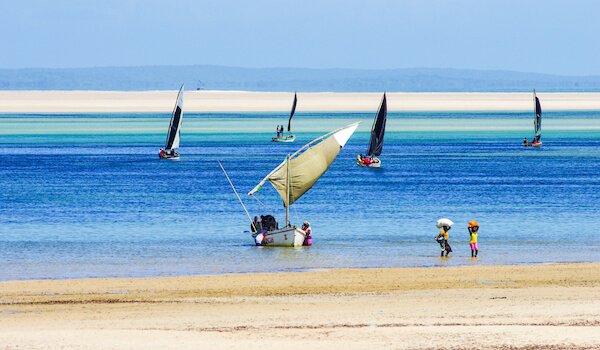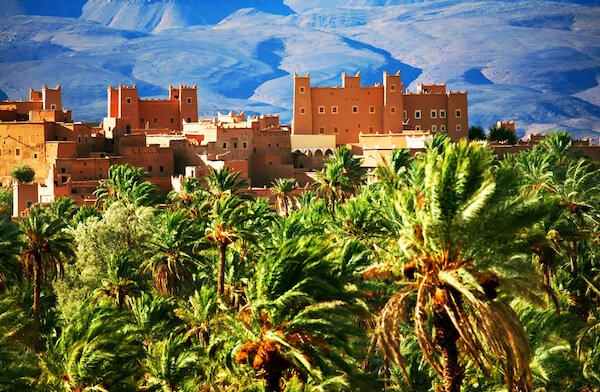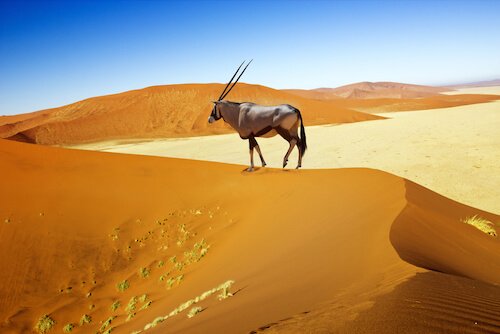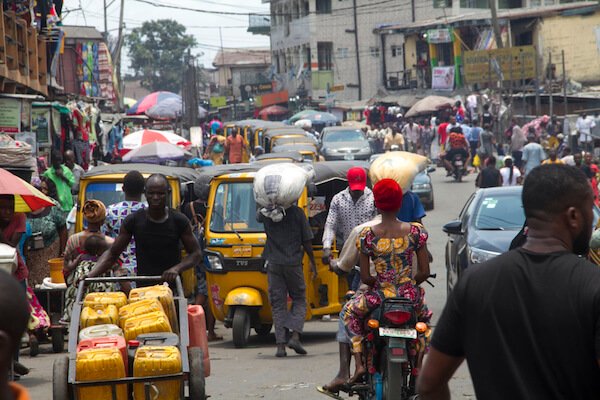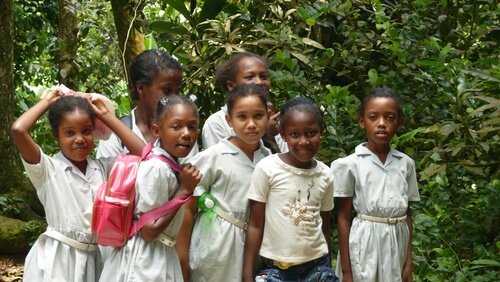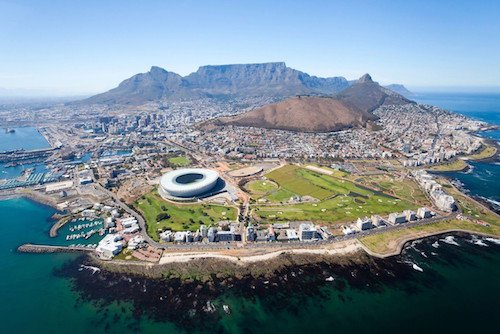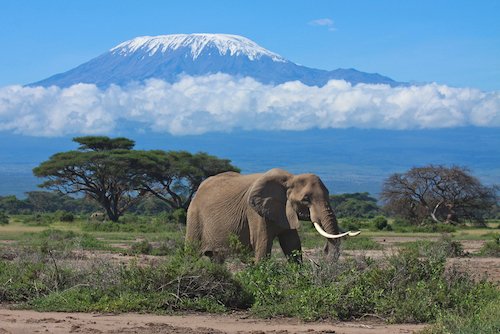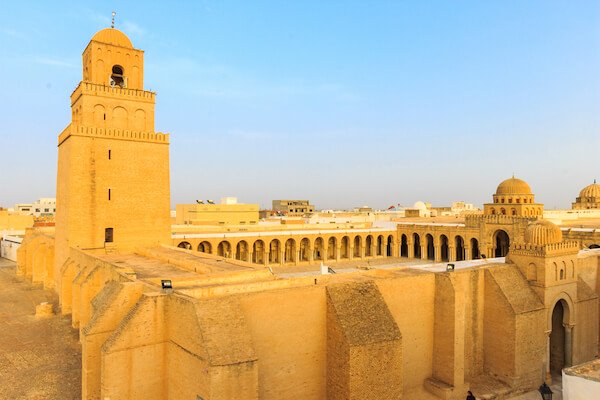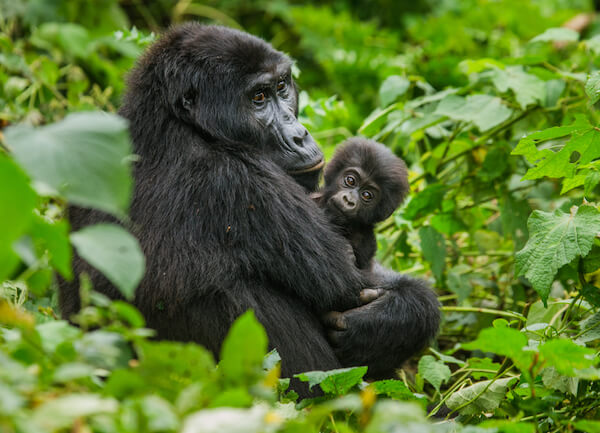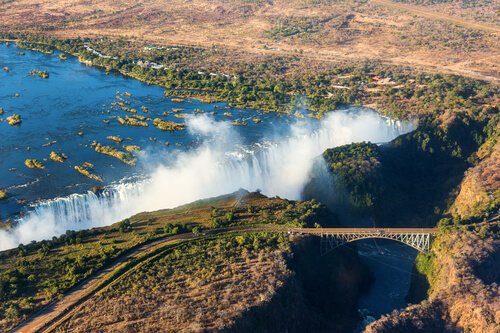- Homepage
- South Africa
- BRICS summit 2024
BRICS Facts | Summit 2024
Our BRICS Facts provide interesting and fun facts about the BRICS, the acronym's meaning, the five member countries and all you really should know about the BRICS.
Facts about BRICS
What is BRICS?
The term BRICS is an acronym and stands for five countries:
Brazil, Russia, India, China and South Africa.
When was the BRICS formed?
The original BRIC group was formed by four countries already in 2001 and was then referred to as 'BRIC'. The four founding members were Brazil, Russia, India and China.
The term BRIC was coined by Jim O'Neill, economist at Goldman Sachs, which is today the second largest investment bank of the USA.
The first summit of the big four emerging market was in 2009 and held in Russia.
The BRIC were then expanded to include South Africa. When South Africa joined the group in 2010 the name of the group was changed to BRICS.
The BRICS group experienced further expansion in 2024, when Egypt, Ethiopia, Iran and the UAE were announced as further official members. Saudi Arabia has been invited, but has not joined yet.
The name remained and the intergovernmental organisation still is referred to as the BRICS, but now with the new members it is more often referred to as BRICS+.
The BRICS group experienced further expansion in 2024, when Egypt, Ethiopia, Iran and the UAE were announced as new official members. Saudi Arabia has been invited, but has not joined yet.
The name remained and the intergovernmental organisation still is referred to as the BRICS, but now with the new members it is more often referred to as BRICS+.
BRICS Facts and BRICS+
How important are the BRICS countries and what is the big change in adding further member countries?
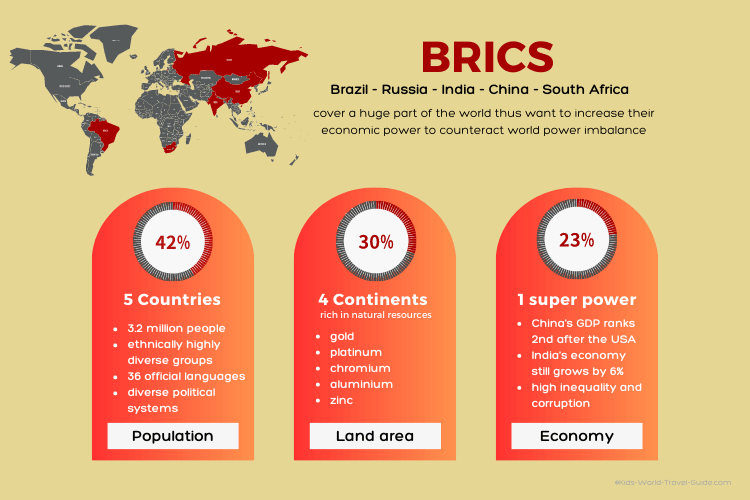 The original five BRICS countries
The original five BRICS countriesThe BRICS house 42% of the world's population. Today's BRICS+ house 43%.
The original five BRICS countries housed a population of about 3.2 billion people in 2023, which made up about 42% of the world population. Today's BRICS+ houses about 43% of the population.
The BRICS covered 30% of the world's land area. BRICS+ cover 32%.
The five countries are located on five continents and the BRICS countries cover a land area of over 30% of the world’s land area. Today's BRICS+ cover a land area of about 32%.
The BRICS generated 23% of the world's wealth. BRICS+ generate 35% of the world's GDP.
The BRICS countries are considered among the strongest emerging economies which considerable growth and stability and the countries belong to the global emerging markets of the world. The gross domestic product (GDP) or the value of the goods and services produced by the five countries combined accounted for about 23% of the world’s GDP. This share has now increased to 35% in the BRICS+ countries combined!
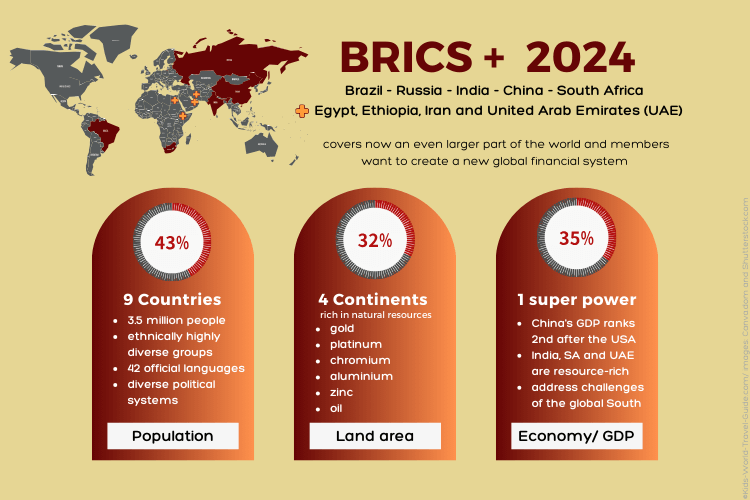
Since January 2024, four more members joined the BRICS organisation. These are Argentina, Ethiopia, Indonesia, Iran and the United Arab Emirates.
Saudi Arabia, a fifth new member, has been invited but has not completely joined as a full member. These countries were granted membership during this BRICS meeting in Johannesburg/ South Africa in 2023.
BRICS 2024
The BRICS now include these nine countries: Argentina, Brazil, China, Ethiopia, India, Indonesia, Iran, Russia, South Africa and the United Arab Emirates.
The five BRICS countries meet every year in one of the member countries. The 2024 BRICS meeting is held in Kazan/ Russia from 22 - 24 October, the 2025 meeting will be held in Brazil.
BRICS 2024 = BRICS+
The BRICS now is called BRICS+ due to the addition of the four new countries: Egypt, Ethiopia, Iran and the United Arab Emirates (UAE).
The BRICS+ are home to 3.5 billion inhabitants in total living in the member countries (2024).
The largest population of the BRICS lives in India which has more than 1.4 billion inhabitants. South Africa was the least populous country of the original BRICS countries with 61 million people. In 2024, the UAE are the country with the smallest population with about 10 million people.
The largest country by land area of the BRICS is Russia. The country is about 1.8 times bigger than China. South Africa is the smallest country of the BRICS.
Richest and poorest of the BRICS: The richest country with the highest GDP per capita are the United Arab Emirates while the poorest country with the lowest GDP per capita is Ethiopia.
The BRICS country with the highest unemployment rate is South Africa with 33%.
BRICS Countries in more detail
Click on the images to get to our country facts - not only for kids!
Brazil is one of the founding members of the BRICS. Today, Brazil is the third largest economy of the BRICS. Brazil is the third most populous country of the BRICS. About 216 million people live in the largest country of the South American continent.
The GDP per capita is the third highest of the group with 8,995 US dollars - compared to 76,384 USD in 2022.
The president of Brazil is Luiz Inácio Lula da Silva. He is 77 years old and was elected in 2023.
Russia in the largest country in the world. BRICS largest country is the wealthiest country of the group and has the highest GDP per capita of the BRICS. Russia houses about 144 million people.
Due to the ongoing war Russia has started against Ukraine, the country experiences the highest inflation rate of the BRICS with 7.03% in 2023.
Russia has the world's largest natural gas reserves and second largest coal reserves (after the USA) and thus is considered a superpower in regards to energy resources.
Vladimir Putin is the president of Russia since 2012. He is 71 years old. Putin does not attend the summit 2023 as there is a warrant for arresting him for crimes against humanity by the International Criminal Court since March 2023.
India has the largest population of the BRICS countries with 1.429 billion people. The official languages in India are Hindi and English. India is a highly diverse country with ethnic groups that speak about 22 languages!
India has a youthful population and a high youth unemployment rate. Almost two thirds of the population live in rural areas and are dependent on agriculture.
The Indian subcontinent is the world's leading producer of milk and pulses and the country main exports are agricultural produce such as rice, sugarcane, wheat and cotton.
India is amongst the world's largest economies after the USA, China and the EU.
India's prime minister is Narendra Modi, who is 72 years old. Modi is in office since 2014.
China is the second largest and second most populous country of the world - and the BRICS.
With a population of 1.426 billion people it is only behind in population numbers but the inhabitants of China enjoy the highest life expectancy and the lowest unemployment rate of the BRICS.
China's economic strength is declining after the pandemic, however, the inflation rate of China is the lowest of the BRICS.
The currency of China is the renminbi, which is gaining strength against the US dollar in recent years. The Chinese currency (yuan renminbi) is used in eight countries already for cross border transactions to avoid trading in US dollar. These eight countries are: Argentina, Bangladesh, Brazil, Iraq, Pakistan, Russia, Saudi Arabia and Thailand.
The president of the People's Republic of China is Xi Jinping, who is in office in this position since 2013. He is 70 years old.
South Africa, which a population of just 61 million people is a powerhouse on the African continent - together with Nigeria, they have the strongest economy in Africa.
The country is rich in natural resources and South Africa is the world's top producer of platinum, chromium and manganese.
The country at the southern tip of the continent is the smallest country in land area and population of the BRICS. However, the country has the highest fertility rate of the BRICS and thus fastest growing population of the group!
As the BRICS country with the highest unemployment rate with about a third of the population without proper job. Inequality is extremely high in South Africa. The international downgrading of the economy, the decline of the currency (South African rand) and the lack of confidence of businesses in government, the inflation rate stands at 5.1% in 2024.
The president of the Republic of South Africa is Cyril Ramaphosa. He is 71 years old and in office since 2015.
BRICS+
Here you can find information about the new BRICS+ member countries:
BRICS Facts | BRICS+ Comparison
BRICS Facts | CURRENCY: These are the currencies of the BRICS countries:
- Egypt: Egyptian pound (EGP)
- Ethiopia: Ethiopian birr (ETB)
- Brazil: Brazilian real (BRL)
- China: renminbi (CNY)
- India: Indian rupee (INR)
- Iran: Iranian rial (IRR)
- Russia: Russian ruble (RUB)
- South Africa: South African rand (ZAR)
- United Arab Emirates: UAE dirham (AED)
BRICS Facts | Unemployment Rate: The unemployment rates in the BRICS are very diverse.
- Brazil: 8.03%
- Russia: 2.4%
- India: 8.5%
- China: 4.82%
- South Africa: 33.5%
- Egypt: 7.07%
- Ethiopia: 3.5% (2023)
- Iran: 8.9%
- UAE: 2.7% (2023)
Sources: World Economic Forum, Statista and StatsSA 23.10.2024
BRICS Facts | Inflation Rate:
- Brazil: 4.3%
- Russia: 7.9%
- India: 4.4%
- China: 0.4%
- South Africa: 3.8%
- Egypt: 33.3%
- Ethiopia: 23.9%
- Iran: 31.7%
- UAE: 2.3%
Sources: Statista and StatsSA 23.10.2024
BRICS Facts | Languages: Among the most spoken languages in the BRICS are:
Mandarin, Hindi and Russian, Arabic and English are the languages with most native speakers in the BRICS and these are the languages that are spoken by almost half of the world's population.
BRICS Initiatives and Plan
1. The BRICS countries are open to accepting new member countries and more than 20 countries already have applied for future membership.
Egypt, Ethiopia, Iran and the United Arab Emirates were granted membership during the last BRICS meeting in Johannesburg to be part of the organisation from 1 January 2024.
Click on the image below and find more info and an excellent clickable map about all the countries that are interested in joining BRICS.
Find more insights about the future of BRICS here.
2. The New Development Bank that was created in 2015 is expected to be more powerful in the coming years. The BRICS bank follows the aim of offering an alternative to the World Bank and the International Monetary Fund (IMF).
One of the goals is to free themselves from the dollar, however, there is no common currency in the pipelines yet.
Popular Pages
Useful Resources for BRICS Facts:
This page was last updated on 13 August 2024.
- South Africa government. "Summit 2023". BRICS2023.gov.za. Last accessed 23 October 2024
- Africa Facts. "What is BRICS?" AfricaFacts. Last accessed 23 October 2024
- FAO. "FAO in India." FAO. Last accessed 23 October 2024
- Statista. "Statistics: Unemployment Rate". Statista. Last accessed 23 October 2024
- Bhargav Acharya. "BRICS leaders meet in South Africa as bloc weighs expansion". Reuters. Last updated 22 August 2023. Last accessed 23 October 2024
- Andrew Mullen. "Which 8 countries are using China’s yuan more, and what does it mean for the US dollar?" SCMP. Last updated 10 May 2023. Last accessed 23 October 2024
- Presidency Republic of South Africa. "President Ramaphosa arrives in the Russian Federation for the XVI BRICS Summit." thepresidency.gov.za 22 October 2024. Last accessed 23 October 2024
Image Credits on BRICS Facts page: Shutterstock.com and wikipedia commons
Return from BRICS Facts to Kids-World-Travel-Guide Homepage
